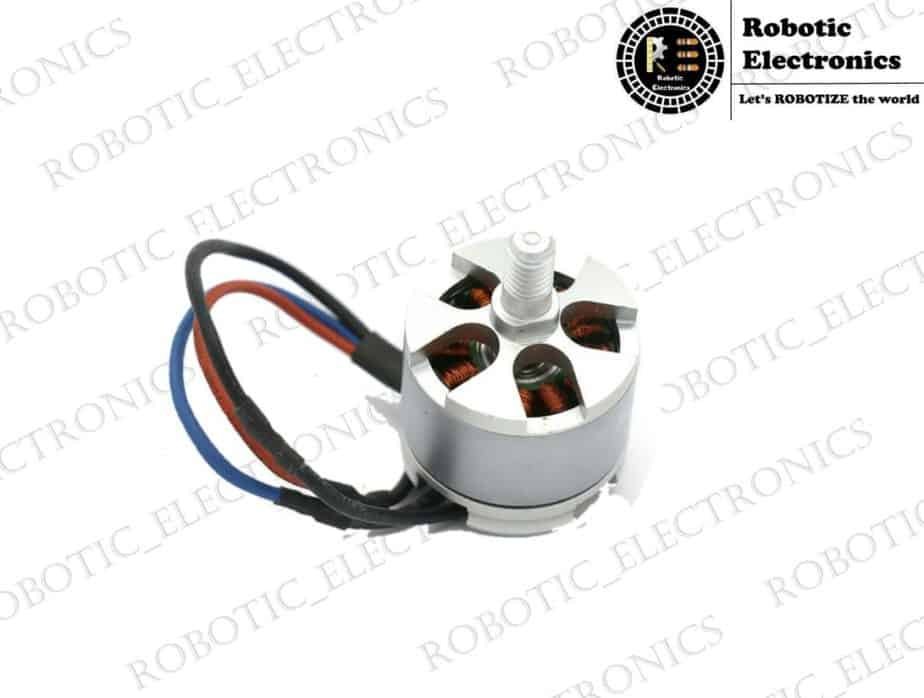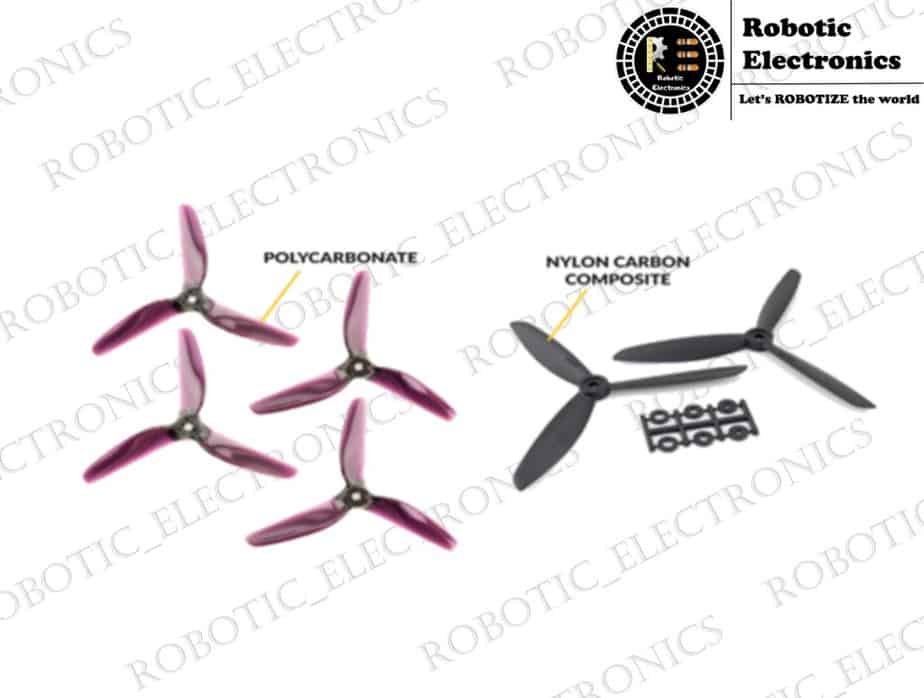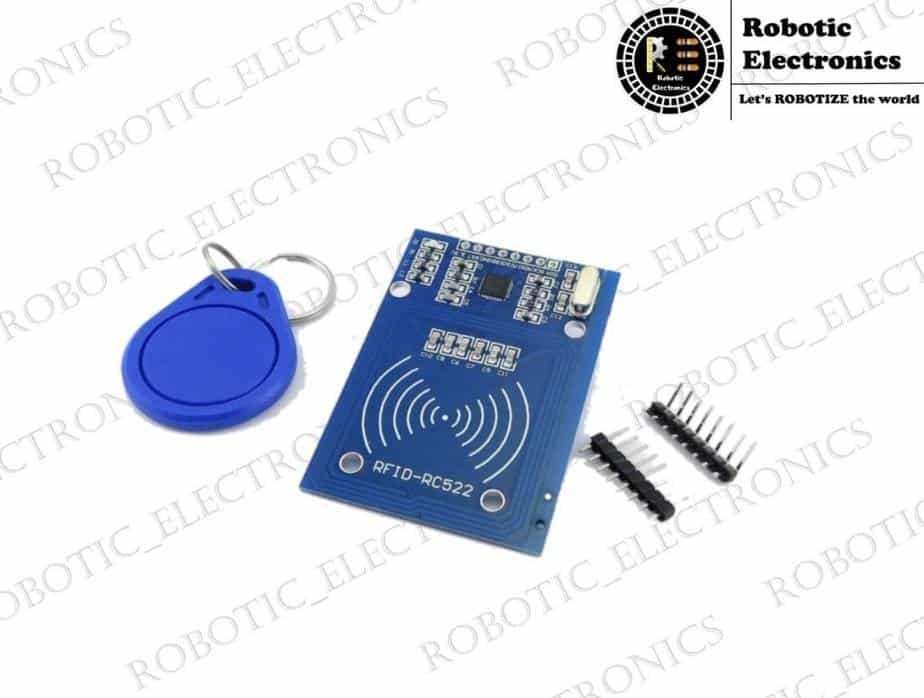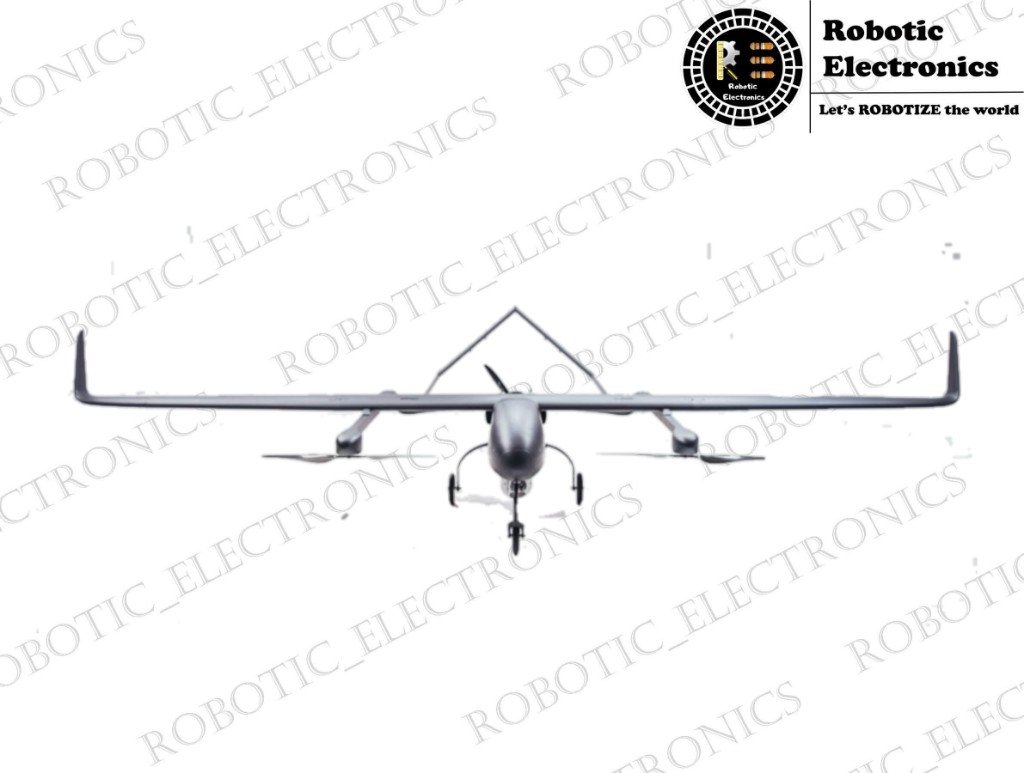Brushless motors
BRUSHLESS MOTORS Hello guys, In the previous tutorial we have learned about propellers and physics behind how the drone flies. In this tutorial, we are going to learn about the drone’s brushless motors and I will guide you to choose correct motors for your drone. A key concept behind the functioning of motors is electromagnetism. …










